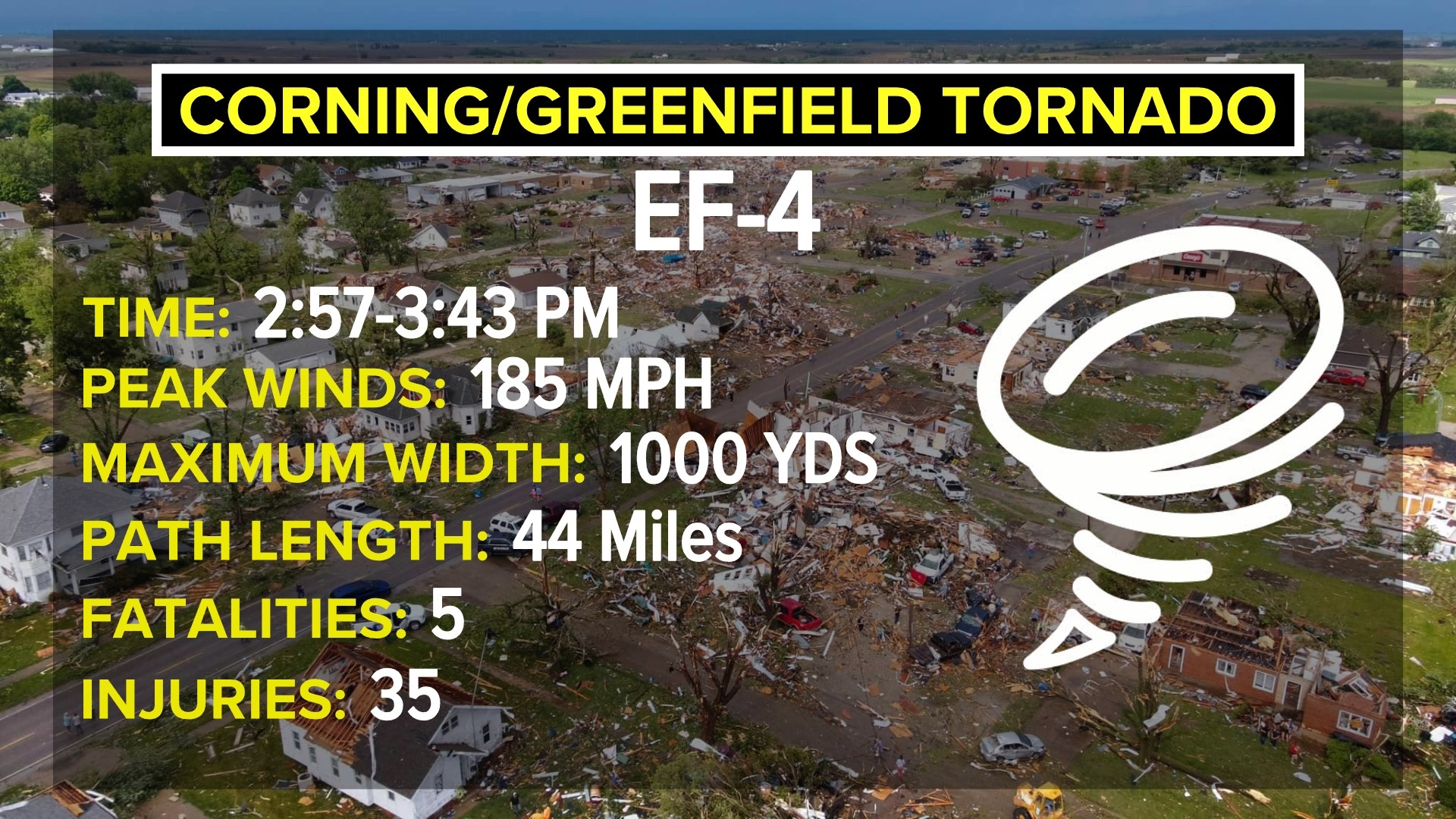Greenfield Tornado Rating Scale

The Greenfield Tornado Rating Scale (GTRS) is a method of classifying tornadoes based on their damage potential. It was developed by meteorologist Alan I. Greenfield in 1994 and is an extension of the Fujita Scale.
The GTRS is used to classify tornadoes on a scale of 0 to 10, with 10 being the most destructive. The scale is based on the damage caused by the tornado, and takes into account factors such as wind speed, building construction, and the amount of debris. The GTRS is used by the National Weather Service to assess the damage caused by tornadoes and to provide warnings to the public.
Examples of How the Scale is Used to Classify Tornadoes
- An F0 tornado has winds of 40-72 mph and can cause minor damage to trees and buildings.
- An F5 tornado has winds of 200-260 mph and can cause catastrophic damage, including the complete destruction of buildings.
Limitations of the Scale
The GTRS is not perfect. It is based on the damage caused by the tornado, and this can vary depending on the location of the tornado, the time of day, and the type of buildings in the area. Additionally, the GTRS does not take into account the duration of the tornado, which can also affect the amount of damage caused.
Comparison to Other Tornado Rating Systems
The GTRS is similar to the Fujita Scale, but it is more detailed and takes into account a wider range of factors. The GTRS is also more accurate than the Fujita Scale, as it is based on more data.
Factors Influencing Tornado Rating
The Greenfield Tornado Rating Scale considers several key factors to determine the severity of a tornado, including wind speed, path length, and damage intensity.
Wind Speed
Wind speed is a primary factor in determining the rating of a tornado. The Greenfield scale uses the Enhanced Fujita Scale (EF Scale) to measure wind speeds, which range from EF0 (65-85 mph) to EF5 (200+ mph).
Path Length, Greenfield tornado rating
The path length of a tornado is another important factor. Longer paths indicate a more sustained and destructive tornado. The Greenfield scale considers path lengths ranging from less than 1 mile to over 100 miles.
Damage Intensity
The intensity of the damage caused by a tornado is also considered. The Greenfield scale uses a damage scale from D0 (light damage) to D5 (catastrophic damage). The type and severity of damage can provide valuable information about the strength of the tornado.
Interaction of Factors
These factors interact to determine the overall rating of a tornado on the Greenfield scale. For example, a tornado with high wind speeds, a long path length, and extensive damage would receive a higher rating than a tornado with lower wind speeds, a shorter path length, and less damage.
Data and Examples
Data from the National Weather Service shows that the majority of tornadoes in the United States are rated EF0 or EF1. However, there have been several notable tornadoes that have received higher ratings, such as the Moore, Oklahoma tornado of 2013 (EF5) and the Joplin, Missouri tornado of 2011 (EF5).
Applications of the Greenfield Tornado Rating Scale

The Greenfield Tornado Rating Scale (GTRS) has proven invaluable in various practical applications, including warning systems, damage assessment, and research.
Warning Systems
The GTRS plays a crucial role in tornado warning systems by providing a standardized measure of tornado intensity. This allows meteorologists to issue timely and accurate warnings, giving communities ample time to prepare and take shelter.
Damage Assessment
After a tornado event, the GTRS is used to assess the severity of damage. This information is essential for insurance claims, disaster relief efforts, and rebuilding plans. The scale provides a consistent and objective method for comparing the intensity of different tornadoes and their potential impacts.
Research
The GTRS has been instrumental in tornado research. It has helped researchers better understand the factors that influence tornado intensity and behavior. By analyzing data from tornadoes rated using the GTRS, scientists can identify patterns and trends, leading to improved forecasting and mitigation strategies.